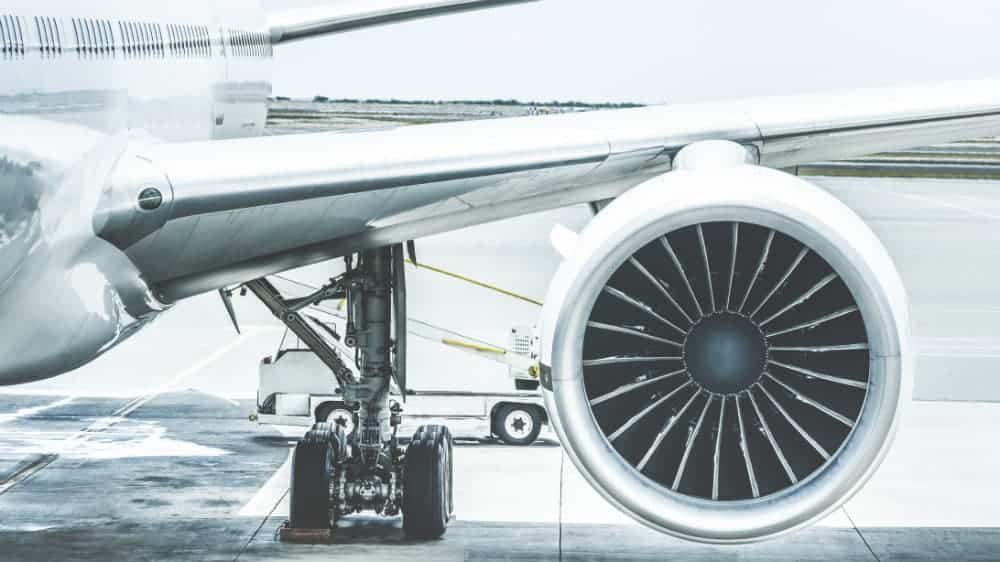Air Canada (TSX:AC) stock is down more than 60% from $50 to $19, as the COVID-19 pandemic has put global airlines in their worst crisis to date.
A capital-intensive business is all about capacity and demand. Capacity is what the company can control, and demand is what the market commands. Whenever the demand is low, these companies suffer from overcapacity and lose money because of the fixed cost of maintaining the capacity. That is what’s happening with AC. It is losing $20 million in cash every day, as it bears the fixed cost of its capacity, which equates to $1.8 billion in a quarter.
If AC continues to burn cash at this rate, it may not be able to survive for more than a year. Hence, it is looking for ways to reduce this cash burn. If you want to invest in AC stock, you have to understand the company’s cash position, as that is what will determine where its price falls to $0 or rises above $20.
Where is Air Canada spending its cash
In light of the pandemic, world governments have imposed travel restrictions and closed international borders. AC has grounded 85-90% of its planes, which means these planes are not earning any revenue. But the airline is paying for their maintenance and parking space from its cash reserves. Moreover, it is also paying 25% of the salary to employees who are not working due to the pandemic-driven lockdown.
The maintenance and salary costs come to around $500 million, and other expenses come to about $1 billion per quarter after cost reductions. AC also pays $130 million in interest on the debt. Moreover, it is incurring losses on the 10% capacity it is flying.
AC is looking to reduce its cash burn, as the demand is likely to remain subdued for the remainder of this year and start recovering next year. The international travel demand to unlikely to return to the pre-pandemic level before 2023. The best way to save cash is to reduce its size and sell its assets.
AC is retiring 79 older aeroplanes that require higher maintenance. It has halved its workforce, and its senior officers have taken pay cuts of 25-50%. Its CEO and CFO have taken a 100% salary cut during the pandemic. All these efforts will help it reduce its fixed cost. It is also looking to minimize the losses from the flights.
Air Canada is losing money on the flights
Airlines bear a fixed cost on every flight that takes off. Whether they make or lose money on that flight depends on how efficiently they use the aircraft capacity. This capacity is the percentage of available seats that airlines sold, measured as “passenger load factor,” and the average price of the ticket per mile, measured as “the yield.” Airlines also earn money by transporting cargo. An airline will make money when all three factors are high.
In the pre-pandemic times, AC had an average passenger load factor of 80-85% and a yield of $0.17-$0.18. However, the need for social distancing has forced airlines to leave the adjacent seat empty in economy class. Moreover, fewer people are travelling, and international borders remain closed. When demand falls, the price falls. Both these factors have reduced passenger load factor and yield.
To add to the cost, airlines are also burning cash on safety measures like mandatory pre-flight customer temperature checks and passenger care kits. AC is offsetting some of this cost by loading more cargo on its planes.
Air Canada might survive if international travel returns this fall
If the pandemic eases, and domestic and international air travel begin to return by the fall, AC will manage to reduce its cash burn and preserve its liquidity. Its stock is hanging on to the $19 price over the hope that international travel will pick up this fall. If the second wave of pandemic disrupts this hope, the stock could plunge below $10 and may not recover without a government bailout.
AC stock will see significant movement on news that could impact its liquidity and cash burn.









